Breast Health Basics: What Every Woman Needs to Know
Sitting in the metaphorical driver’s seat of your health and wellbeing is a much better approach than merely being along for the ride. When it comes to breast health, there are numerous ways that women can take action to decrease their risk and boost their overall health at the same time.
The first step to an effective preventive health plan is to do your research and familiarize yourself with the many steps you can take to maintain a happy, healthy body. Consider these four breast health basics for a comprehensive approach to breast cancer prevention.
1. Know Your Body
You are the most reliable source when it comes to knowing what your body’s normal condition is. By paying careful attention to what your breasts typically look and feel like throughout your monthly cycle, you will be much more apt to catch a potential problem early on. Performing self-exams are one great way to do this, whether that means standing in front of a mirror before you get dressed in the morning, or simply paying attention to your body while in the shower. Whatever you need to do to get to know the ins and outs of your body, do it.
2. Know Your Risk Factors
Equally important is understanding your risk factors for breast cancer. Know that age often plays a role in your risk for developing the disease, as does genetics, body weight, and alcohol use (Centers for Disease Control and Prevention).
Of course, falling into the category of one or even a few of these risk-factors doesn’t automatically mean that you will get breast cancer, but being aware of your risk can help you to take the right preventive steps to lower your risk. Also, a lack of identified risk factors does not mean you should become less vigilant about your health.
3. Adopt a Healthy Lifestyle
Certain risk factors for breast cancer like a poor diet, obesity, and alcohol use can be eliminated by making straightforward, yet impactful lifestyle changes. Limit foods high in saturated fats like red meat, butter, and fried foods. Increase your intake of fiber and foods with high flavanol content like onions, broccoli, and fruit. These adjustments can lower your risk for developing breast cancer (Cancer Research UK, PLoS).
Maintaining an active lifestyle can also help to reduce your risk of developing a number of medical conditions, including breast cancer. Studies show that regular exercise over time can significantly lower your breast cancer risk, in addition to keeping your overall physical and mental health in tip-top shape (BreastCancer.org).
4. Schedule Regular Clinical Exams
Scheduling regular clinical exams at least every three years for women under 40, and annually for those over 40 is another key step in preventive breast health. This can keep you up-to-date on any changes in your health that you may not have recognized on your own, and may detect problems early.
The American College of Obstetricians and Gynecologists generally recommends that women over the age of 40 also receive yearly mammograms, but depending on your risk factors, you can discuss this with your healthcare provider to determine the best plan for you.
The Bottom Line
Taking an active role in preventive breast health should be a key element in every woman’s daily routine. Whether this is in the form of performing self-exams, meal planning, or squeezing in at least 20 minutes of exercise every day, great preventive health doesn’t have to be a complicated process. Small, yet effective lifestyle changes for healthy living can influence many different aspects of your overall health and wellbeing, including lowering your risk of breast cancer and other conditions.
To take advantage of a community of women aiming to promote women’s health awareness all across the country, you might also consider attending the Women’s Health Conversations 2016 Conference held in Pittsburgh, PA. From breast health to pain management to women’s empowerment, there’s truly something for everyone at this conference. For more information, take a look at the registry page, where you’ll find everything you need to become a part of the conversation yourself.

